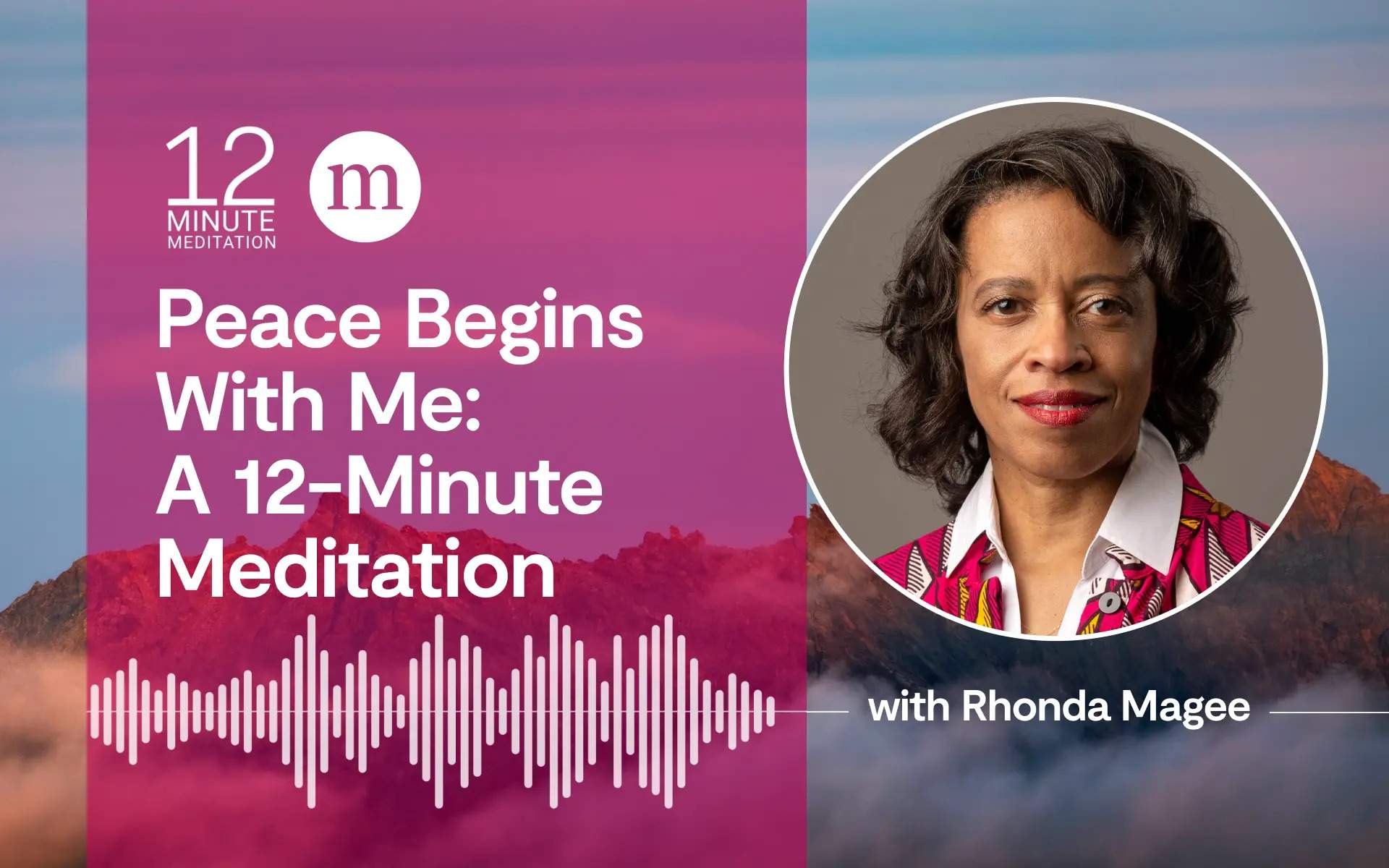We have all known physical pain, but some people experience it day in and day out, for years.
Approximately 100 million American adults experience chronic pain, according to 2008 survey conducted by the Medical Expenditure Panel. An article in The Journal of Pain estimates this cause and effect costs the US government up to $635 billion each year in expenses such as medical charges and patients’ inability to work.
In The Atlantic, Brian Steiner, a pediatrics resident, discusses the shortcomings of prescription medication in treating chronic pain. He argues these drugs are among the most likely to result in addiction and tend to leave patients with a clouded mind. And drug treatments tend to overlook the many reasons beyond injury that pain might persist: environmental factors, societal concerns, stress.
Steiner shares research and case studies supporting the use of meditation for chronic pain management and treatment. Meditation is thought to reduce activity the area of the brain that finds and determines an initial level of pain, and increase activity in the areas that appraise this pain and provide the appropriate thoughts and reactions. This way, the injury doesn’t hurt as much in the first place.
From the article:
“Meditation teaches patients how to react to the pain,” [Study author] (Fadel) Zeidan said. “People are less inclined to have the ‘Ouch’ reaction, then they are able to control the emotional reaction to pain.” He explained that the meditator learns while sitting on the cushion that pain is fleeting and doesn’t deserve such a strong emotional reaction.
Steiner also speaks with Nomita Sonty, a psychologist at Columbia Univeristy, who uses similar techniques of visualization and relaxation to help patients control pain. She has seen tension abate remarkably, in minutes. Sonty says such practices reduce stress, thereby easing the nervous system-reaction that exacerbates pain.
From the article:
Sarah Kehoe, an otherwise healthy 36-year-old woman, a former high school and college athlete, a yogi of 10 years, was falling apart. Sometime during the summer of 2011, Kehoe doesn’t know exactly when, a disc in her back herniated. After her surgery that September, pain seized hold of her again in the winter: the surgeon said the disc had reherniated slightly. Neither he nor Kehoe wanted to do surgery again, leaving Kehoe to search for other pain management options.
Kehoe found ultimate relief through meditation, which she now practices regularly. When she once stopped her practice for a few days, she found her absent pain returning in full force. Her reaction is echoed in other examples Steiner supplies, and you can read the full article here.
If you want to learn more about mindfulness and chronic pain, you’ll want to hear from Susan Bauer-Wu, director of the Compassionate Care Initiative at the University of Virginia School of Nursing. In “The Kindest Thing You Can Do,” she talks to Mindful‘s Editor-in-Chief, Barry Boyce, about how mindfulness can help us respond differently to pain and limitations. You might also want to take a peek at Jon Kabat-Zinn’s discussion of how we can meet pain with awareness.








